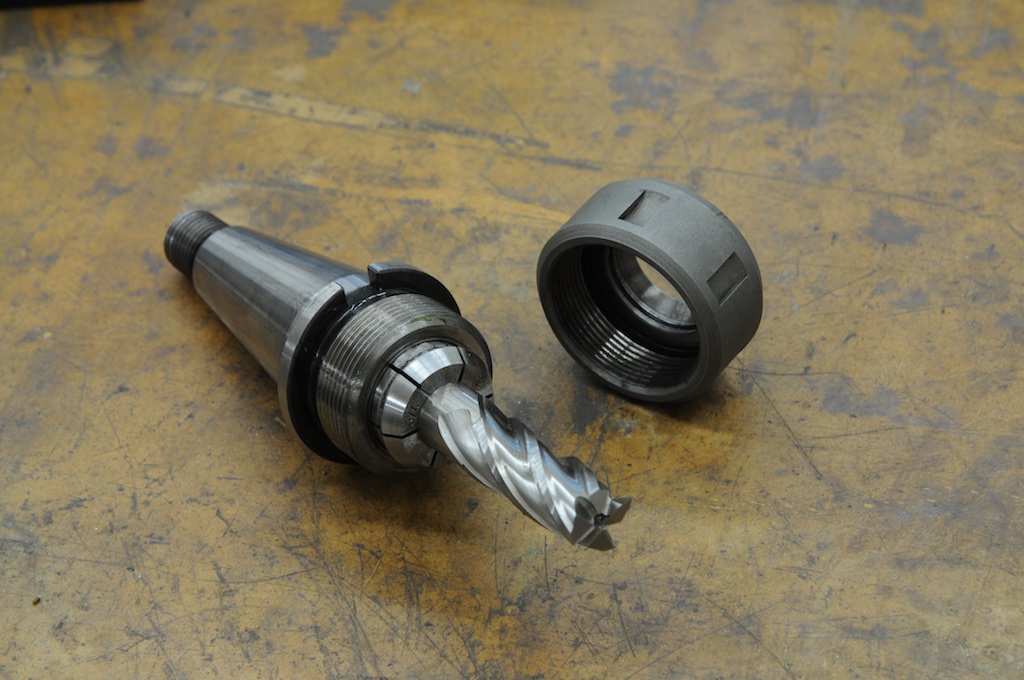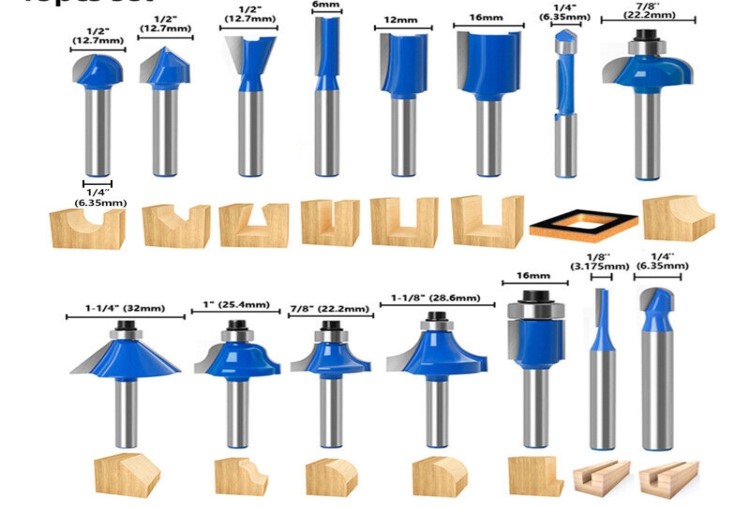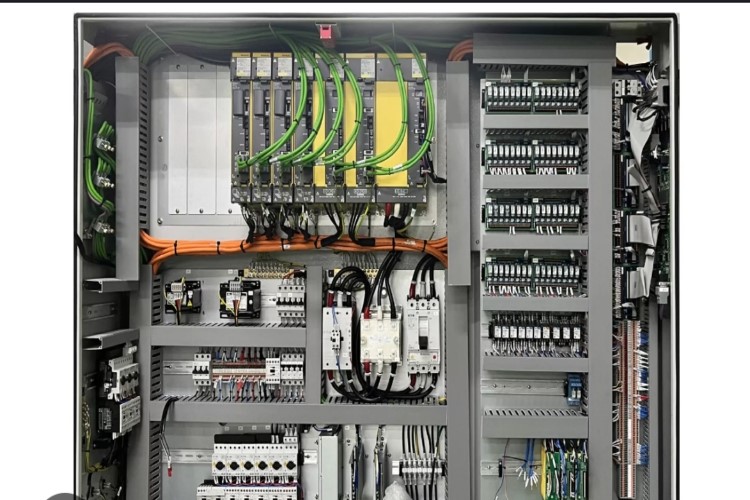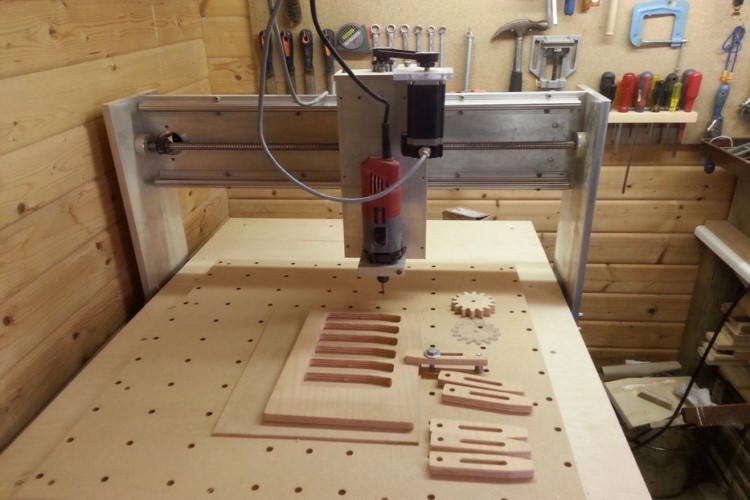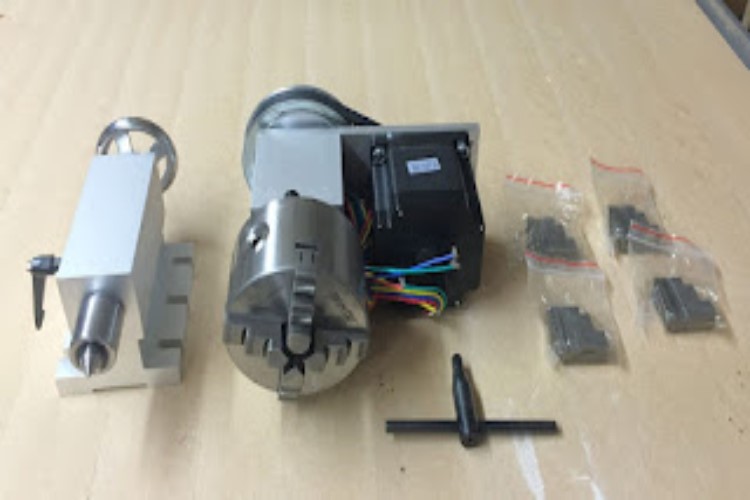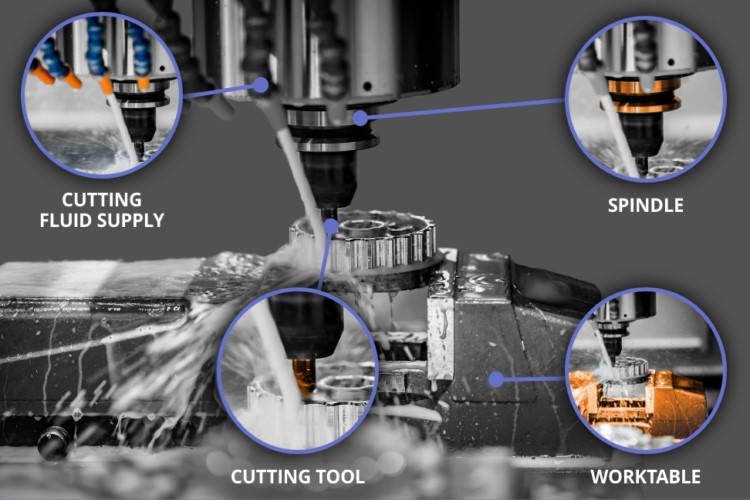One common issue that CNC operators encounter is the end mill dropping down in the collet during operation. This problem can lead to inaccuracies, poor surface finishes, and even damage to your workpiece or tools. In this post, we will explore the various causes of this issue and offer tips on how to prevent it.
What is a Collet?
Before diving into the causes, let’s briefly discuss what a collet is. A collet is a type of chuck that holds a tool, such as an end mill, securely in place during machining. It consists of a cylindrical sleeve that grips the tool tightly when compressed. The effectiveness of a collet in holding an end mill is crucial for maintaining precision and efficiency in CNC operations.
Common Causes of End Mill Drop
▎1. Improper Tool Setup
One of the most common reasons for an end mill dropping in the collet is improper tool setup. If the end mill is not inserted deep enough into the collet, it may not be held securely. Always ensure that the tool shank is fully seated in the collet before tightening it.
▎2. Worn or Damaged Collets
Over time, collets can wear out or become damaged due to repeated use. A worn collet may not grip the tool as tightly as it should, leading to slippage. Inspect your collets regularly for signs of wear or damage, and replace them if necessary.
▎3. Inadequate Tightening Force
Collets require a specific amount of tightening force to hold the tool securely. If the collet nut is not tightened sufficiently, the end mill can drop during operation. It’s essential to follow the manufacturer’s specifications for torque when securing the collet nut.
▎4. Vibration and Tool Load
CNC machines often experience vibration during operation, especially at high speeds or with heavy cuts. Excessive vibration can cause the end mill to loosen in the collet. Additionally, if the tool load exceeds what the collet can handle, it may lead to slippage. Ensure that you’re using appropriate feed rates and spindle speeds for your specific tooling and material.
▎5. Incorrect Collet Size
Using a collet that is not compatible with the end mill shank size can also lead to slippage. Always double-check that you are using the correct size collet for your specific end mill.
▎6. Contamination
Debris or contaminants on the collet or tool shank can prevent proper gripping. Make sure both the collet and the end mill are clean before assembly. Use appropriate cleaning methods to remove any oil, dirt, or debris.
▎7. Thermal Expansion
During prolonged machining operations, tools and collets can heat up due to friction, leading to thermal expansion. This expansion may cause a slight increase in diameter of the collet, reducing its gripping force on the end mill. Consider using cooling methods or shorter machining cycles to mitigate this effect.
Preventative Measures
To avoid issues with end mills dropping in collets, consider implementing these preventative measures:
• Regular Maintenance: Inspect and maintain your collets and tools regularly.
• Proper Setup: Always ensure that your tools are properly set up and tightened according to specifications.
• Use Quality Tools: Invest in high-quality collets and end mills from reputable manufacturers like those available at Maple CNC.
• Monitor Vibration: Keep an eye on machine vibrations and adjust your cutting parameters accordingly.
Conclusion
Understanding the potential causes of an end mill dropping down in a collet is crucial for maintaining precision in your CNC machining operations. By following best practices for tool setup, maintenance, and operation, you can minimize the risk of this issue occurring.
At Maple CNC, we are committed to providing you with high-quality CNC parts and expert advice to help you achieve optimal results in your projects. If you have any questions or need assistance finding the right tools for your needs, feel free to reach out!
Happy machining!

